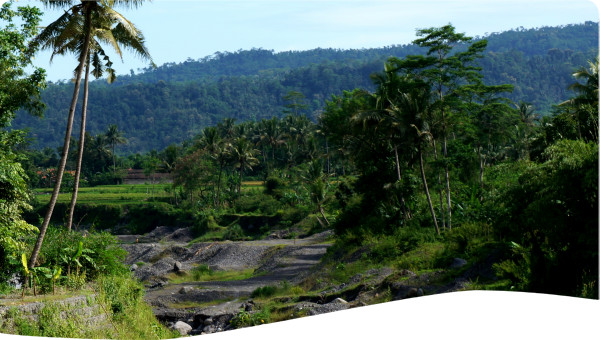An ecosystem is a dynamic complex of plant, animal, and microorganism communities and the nonliving environment, interacting as a functional unit. Humans are an integral part of ecosystems.
A well-defined ecosystem has strong interactions among its components and weak interactions across its boundaries. A useful ecosystem boundary is the place where a number of discontinuities coincide, for instance in the distribution of organisms, soil types, drainage basins, or depth in a water body. At a larger scale, regional and even globally distributed ecosystems can be evaluated based on a commonality of basic structural units.
Ecosystem services are the benefits people obtain from ecosystems. These include provisioning services such as food and water; regulating services such as flood and disease control; cultural services such as spiritual, recreational, and cultural benefits; and supporting services, such as nutrient cycling, that maintain the conditions for life on Earth.
Biodiversity is the variability among living organisms. It includes diversity within and among species and diversity within and among ecosystems. Biodiversity is the source of many ecosystem goods, such as food and genetic resources, and changes in biodiversity can influence the supply of ecosystem services.
People seek many services from ecosystems and thus perceive the condition of an ecosystem in relation to its ability to provide desired services. The ability of ecosystems to deliver services can be assessed by a variety of qualitative and quantitative methods.
An assessment of the condition of ecosystems, the provision of services, and their relation to human well-being requires an integrated approach. This enables a decision process to determine which service or set of services is valued most highly and how to develop approaches to maintain services by managing the system sustainably
 Resource -
Resource -
